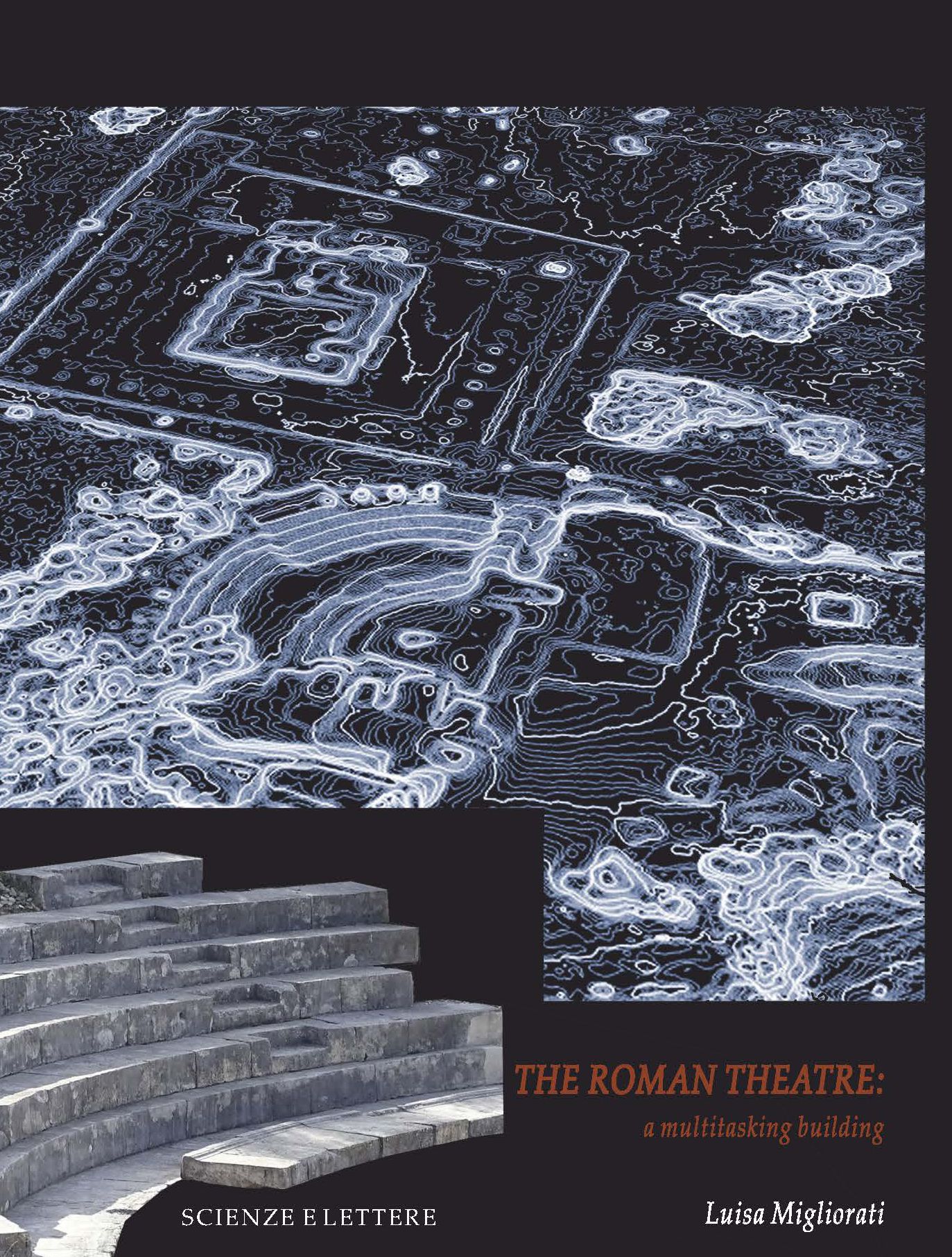THE ROMAN THEATRE: A MULTITASKING BUILDING - Collezione archeologica 12
- Anno: 2020
- Autore/i: Maris Luisa Migliorati
- Catalogo: Scienze e Lettere
- Argomento: Archeologia
- Collana: Collezione archeologica
- ISBN: 978-88-6687-186-6
- ISSN:
The assessment on the traditional difference between Greek and Roman theatres (exploiting the hill side and self-sustaining structures) is widely spread. The common terminology adopted is Greco-Roman theatre.
Starting from this concept inspiring many considerations on theatre analysis, the Author highlights the importance of taking into account the high number of Roman theatres lying on a slope, due to the physical context where Roman cities were laid, in Italy as well as outside. The analysis goes on establishing that the common exploitation of slopes in building theatres is not enough to understand the choice’s cause for theatres’ location. Few more elements are concerned (e.g. parameters as geology, acoustics, incidence of light, drainage network and so on) and observations start by analyzing the architectural complex and its relation with the urban context.
Italian cases illustrate the topic.
CONTENTS
The Roman Theatre: a multitasking building
Index of sites
List of illustrations
Bibliography
L'AUTRICE - Luisa Migliorati is an associate professor of Ancient Urbanism at La Sapienza Rome University– Department of Ancient World Studies, helding also classes in ancient topography and cartography.
She also has a teaching assignment of “Urbanismo antiguo” at Universidad Autónoma de Yucatán – Faculty of Architecture.
She is Director of the Italian Committee for the international enterprise Tabula Imperii Romani under the patronage of UAN and UAI and currently Board Member of UAI and CIPSH.
She has several agreements with National and International Institutions, which involve students’ participation.
MSCA projects of which she was and is supervisor (Tetrastylon, Mayaurb) fall within her primary interests: ancient housing and colonial urbanism in Mediterranean basin and Mesoamerica. Among the various researches of which she was and is the director, the one she is most fond of concerns the Roman town of Peltuinum, which led her to develop the issue on theatres as well as to deepen transhumance investigation.
Her interests also cover the changes ancient towns underwent, law problems related to urban space, ancient cartography. Her research also aims to preserve, restore and integrate of Heritage Buildings in their surroundings, a topic she developed while member of the Management Committee for Italy in COST Action TD1406 (Innovation in Intelligent Management of Heritage Buildings - 2015-2019).
Within Rome urbanism interests it is worth mentioning her research on Agrippa’s Bath in Rome Campus Martius.
F.to 17x24, pp. 80, Brossura filo refe, Ill. a colori



